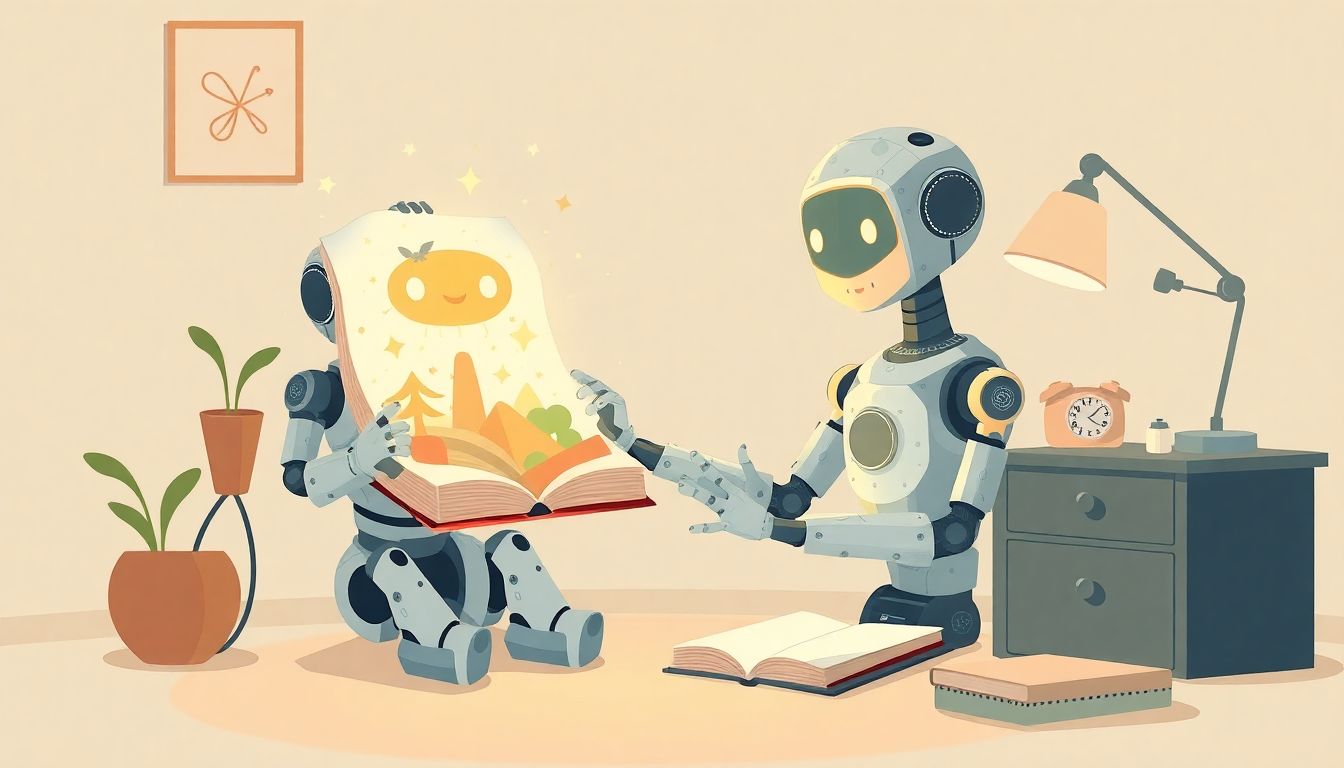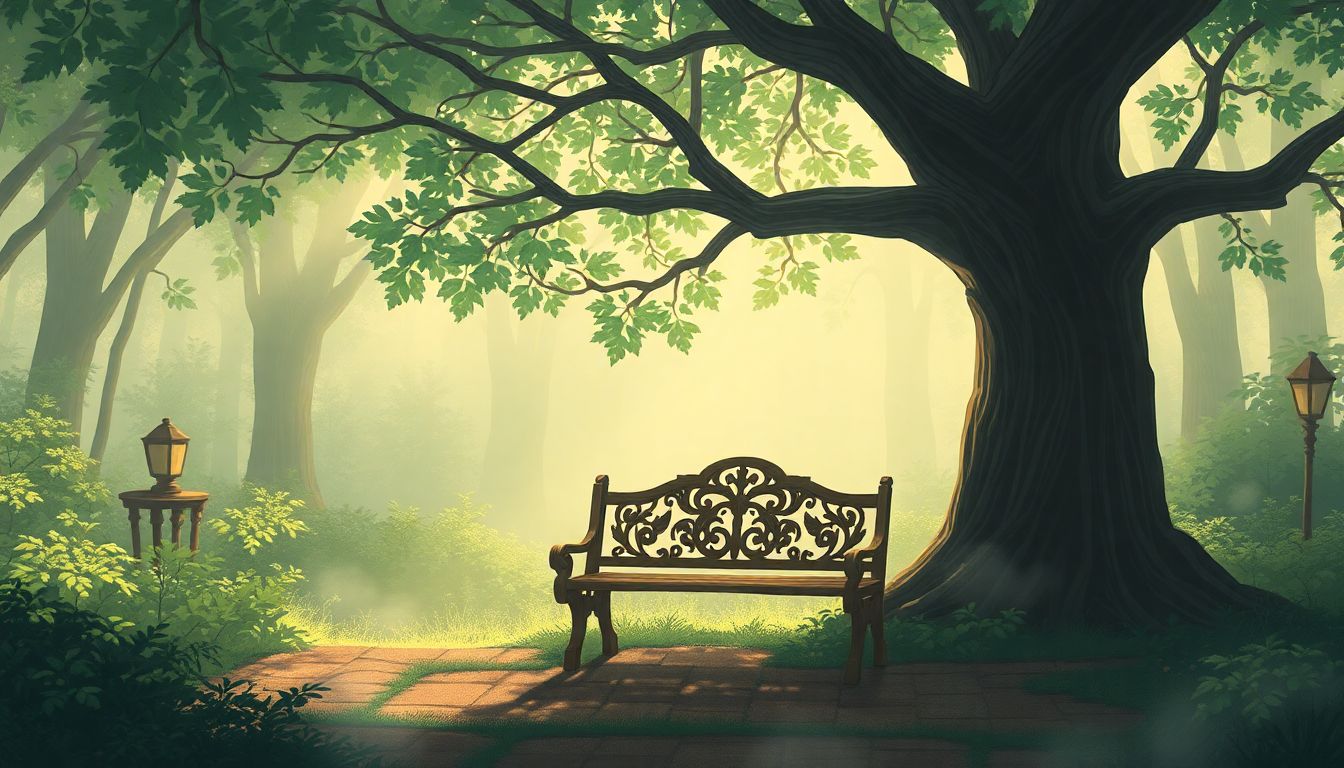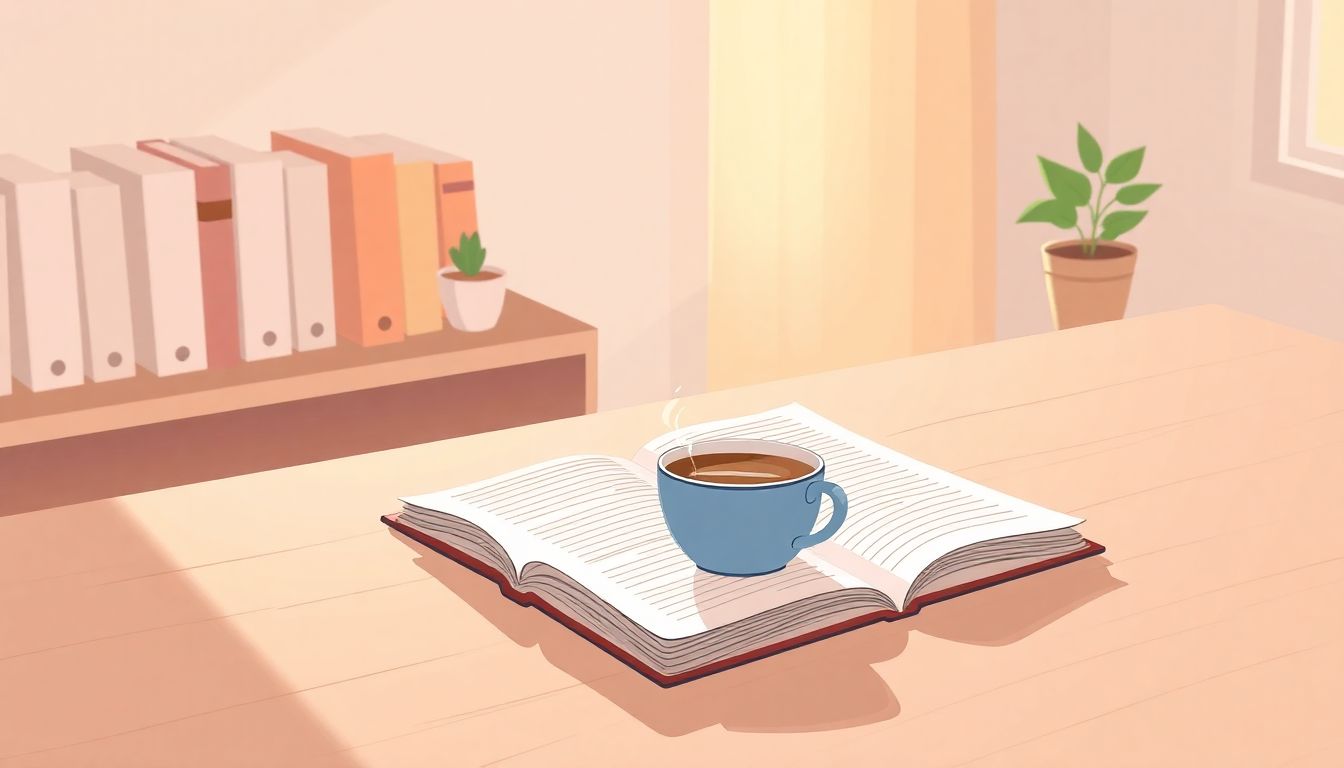In today’s digital world, the quest for creative storytelling can feel overwhelming, especially with so many tools and trends vying for our attention. You might wonder, “Can I really harness AI like ChatGPT to elevate my stories?” It’s a valid concern, as the balance between technology and creativity is a tricky one.
But here’s the good news: if you hang tight, we’re diving deep into how ChatGPT can be your new storytelling sidekick! You’ll discover practical tips and tricks that can spark your creativity and help you craft captivating tales that resonate with readers.
From brainstorming ideas to tackling common challenges, we’ll explore the ins and outs of using ChatGPT for storytelling. Get ready to unlock your narrative potential and see where this AI journey takes you!
Key Takeaways
- ChatGPT can help brainstorm story ideas, making it feel like a creative partner available anytime.
- Use specific prompts to get the best results, such as detailed character backgrounds or plot twists.
- It enhances creativity by offering fresh perspectives and helps you move past writer’s block.
- Keep prompts clear to avoid confusion and ensure the output aligns with your vision.
- Be aware of AI limitations and biases; review and refine the content generated.
- Experiment with different tones and styles to add depth and uniqueness to your stories.

How to Use ChatGPT for Creative Storytelling
Using ChatGPT for creative storytelling is like having a brainstorming partner available 24/7.
Start by giving ChatGPT specific prompts to generate ideas or entire narrative arcs.
For example, you can say, “Generate a fantasy story about a young wizard who discovers an ancient spellbook.”
This allows the AI to create a foundation, which you can build on or adapt as needed.
Take advantage of the interactive nature of the AI.
You can guide the storytelling by providing detailed instructions, like asking for a plot twist or character development.
For instance, request, “Add a surprise twist where the protagonist discovers they are related to the villain.”
This kind of engagement ensures that your story evolves while maintaining your creative voice.
Benefits of Using ChatGPT in Story Creation
Leveraging ChatGPT for story creation offers numerous benefits that can transform your writing process.
First, it enhances creativity by providing diverse perspectives and ideas that you might not have considered.
This is particularly helpful when you’re stuck in a creative rut. For instance, querying, “Suggest three character traits for a reluctant hero,” can spark fresh inspiration.
Second, it saves time by streamlining the brainstorming process.
Instead of pondering over plot points for hours, a simple prompt can yield a plethora of ideas in seconds.
Additionally, using ChatGPT can improve narrative flow through its understanding of story structure.
It can guide you in creating coherent story arcs, character development, and engaging dialogues.
The combination of human creativity and AI support leads to enhanced storytelling outcomes.
Tips for Crafting Engaging Stories with ChatGPT
To write compelling stories with ChatGPT, consider the following tips that focus on structure and character depth.
First, define clear story elements: set the scene, develop characters, and outline the plot before querying the AI.
For instance, a prompt like, “Create a setting for a mystery in a small coastal town,” can inform the narrative’s backdrop.
Character development is key; specify traits, motivations, and arcs to create multidimensional characters.
You could ask ChatGPT, “Develop a backstory for a detective with a troubled past.”
Next, incorporate plot twists or conflicts to keep readers engaged.
A useful prompt is, “Introduce a conflict that tests the main character’s moral compass.”
Finally, encourage dialogue generation to bring characters to life.
Simply request, “Write a conversation between two characters debating their choices.”
This interactive approach helps craft narratives that resonate with readers emotionally.
Examples of Creative Prompts for Storytelling with ChatGPT
If you’re looking for inspiration, here are some creative prompts you can use directly in ChatGPT:
- Create a story about a girl who finds a secret garden that leads to another world.
- Generate a plot where an alien visits Earth during a historical event and changes the outcome.
- Write a tale about a talking dog who must save his owner from danger.
- Imagine a world where people can buy and sell emotions — describe the implications.
- Pen a mystery story where the detective has an unusual partner — a ghost!
These prompts can kickstart your narrative journey by providing foundational ideas that you can expand on further.
For even more inspiration, check out our post on creative writing prompts that can boost your storytelling skills.

Common Challenges When Using ChatGPT for Stories
When using ChatGPT for storytelling, you might face several common challenges.
One major issue is the AI’s limitations in understanding context.
For instance, if you give it a vague prompt, the output might not align with your vision.
To avoid this, ensure your prompts are detailed and specific.
Another challenge is AI biases that can reflect societal stereotypes.
This means you need to critically evaluate the generated content to maintain sensitivity and inclusivity.
Moreover, there’s the risk of narrative coherence.
Sometimes, ChatGPT may create plot holes or loose ends that need your attention.
Always read through the output and refine it if necessary to keep the story smooth.
Finally, an over-reliance on ChatGPT can inhibit your creativity.
This can be solved by using the AI as a supplement rather than a crutch, combining your ideas with its suggestions.
Best Practices for Collaborating with ChatGPT
To collaborate effectively with ChatGPT, start by formulating clear and constructive prompts.
Instead of asking for a general story, try something like, “Outline a plot for a dystopian thriller set in a post-apocalyptic city where water is scarce.”
This specificity helps the AI generate more relevant content.
Next, use an iterative approach when developing your story.
Draft a section, then ask ChatGPT for feedback or improvements.
For example, you can say, “What could make this character’s struggle more compelling?”
Incorporating a feedback loop allows for continuous enhancement of your narrative.
Also, don’t hesitate to inject your personal style into the AI’s suggestions.
For instance, you can prompt, “Modify the dialogue to sound more casual and humorous.”
This mix of human and AI creativity leads to a richer storytelling experience.
Finally, experiment with different genres and styles by asking ChatGPT to adopt specific tones.
A prompt like, “Write this scene with a suspenseful tone” can change its atmosphere significantly.
Future of Storytelling with AI Assistance
The future of storytelling is set to evolve with AI assistance like ChatGPT.
As technology advances, AI will likely become more adept at understanding emotional nuances and character depth.
This shift can lead to richer, more immersive experiences in storytelling.
For example, imagine AI that can analyze reader preferences and tailor narratives in real-time.
Additionally, we might see more collaborative platforms where human writers and AI co-create stories in seamless ways.
Visual storytelling, integrating images and videos with text, could also become commonplace with AI tools.
Storytellers might use prompts like, “Generate an illustrated scene of a magical forest to accompany this narrative” to enhance engagement.
And let’s not overlook interactivity; readers may influence story outcomes through their inputs, creating personalized experiences.
The combination of human creativity and AI innovation will likely redefine how stories are told, making for an exhilarating storytelling landscape ahead.

Common Challenges When Using ChatGPT for Stories
When using ChatGPT for storytelling, you might face several common challenges.
One major issue is the AI’s limitations in understanding context.
If you provide a vague prompt, the output might not align with your intentions.
To avoid this, make sure your prompts are clear and detailed.
Another challenge lies in AI biases that can come through in generated content.
This means you should critically evaluate what the AI produces to maintain sensitivity and inclusivity.
Additionally, there’s the risk of narrative coherence.
Sometimes, ChatGPT may create plot holes or loose ends that need your attention.
Always review the output and refine it to keep the story engaging.
Lastly, relying too much on ChatGPT can stifle your creative spark.
Use the AI as a tool rather than a crutch to supplement your own ideas.
Best Practices for Collaborating with ChatGPT
To work effectively with ChatGPT, start by crafting clear and constructive prompts.
Instead of asking for a general story, say something specific like, “Draft a character profile for a time-traveling historian.”
This will help the AI generate more relevant content for your needs.
Next, take an iterative approach in developing your story.
Write a section, then ask ChatGPT for suggestions or improvements.
For instance, you can prompt, “How can I make this conflict more intense?”
Using a feedback loop allows the narrative to evolve continuously.
Don’t hesitate to infuse your personal style into the AI’s suggestions.
For example, you might say, “Rewrite this scene with a more sarcastic tone.”
Lastly, experiment with different genres and writing styles by instructing ChatGPT to adopt certain tones.
You can use a prompt like, “Describe a cheerful day in the life of a grumpy cat.”
Future of Storytelling with AI Assistance
The future of storytelling is poised to evolve significantly thanks to AI assistance like ChatGPT.
As technology progresses, AI is expected to enhance its grasp of emotional nuances and character depth.
This could result in richer and more immersive storytelling experiences.
Imagine AI analyzing reader preferences to tailor narratives dynamically as they read.
We might also see collaborative platforms fostering seamless co-creations between writers and AI.
Additionally, integrating visual elements like images and videos with text could become a norm.
You could prompt ChatGPT with, “Generate an illustrated scene of a bustling marketplace.”
Furthermore, interactive storytelling could empower readers to influence outcomes by providing their input.
The blending of human creativity and AI innovation is likely to redefine storytelling, shaping an exciting future for narrative art.
FAQs
Start by providing a clear prompt to ChatGPT. Include character details, setting, and genres. This will help refine the output and create a compelling narrative flow that aligns with your vision.
Using ChatGPT speeds up the brainstorming process, offers creative ideas, and helps overcome writer’s block. It provides unique perspectives and can generate plot twists, enriching the overall storytelling experience.
Common challenges include maintaining story consistency, getting overly generic responses, and dealing with unexpected plot directions. It requires revision and editing to align the generated content with your original vision.
To collaborate effectively, provide specific instructions, encourage iterative feedback, and actively engage in the writing process. Clarify your preferences and tweak generated suggestions to guide the story in your desired direction.
